Introduction
Pickling mustard greens shreds, a traditional delicacy in many cultures, offers a tangy, crunchy, and refreshing burst of flavor that can elevate any meal. Whether enjoyed as a side dish, a topping for sandwiches, or a component in salads, pickled mustard greens shreds provide a unique and delightful culinary experience. However, achieving the perfect balance of flavors and textures can be challenging. This comprehensive guide aims to demystify the process and empower you with the knowledge and skills necessary to create mouthwatering pickled mustard greens shreds at home.
Understanding Mustard Greens
Before diving into the pickling process, it’s crucial to understand the basics of mustard greens. Mustard greens, scientifically known as Brassica juncea, belong to the Brassicaceae family, which also includes broccoli, cabbage, and kale. These leafy greens are characterized by their bold, slightly bitter flavor and robust texture. When pickled, mustard greens undergo a transformation, their bitterness mellows, and their texture softens while retaining a delightful crunch.
Choosing the Right Mustard Greens
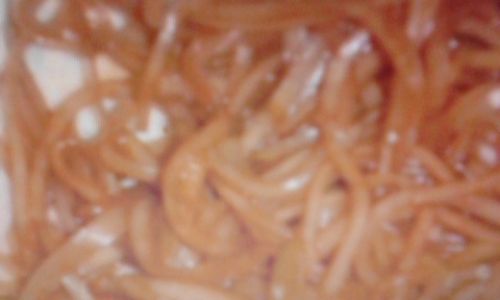
The quality of your mustard greens is paramount to the success of your pickled dish. Here are some tips for selecting the best mustard greens:
- Freshness: Opt for fresh, vibrant greens with no signs of wilting or yellowing.
- Texture: Look for firm leaves with a slight crispiness. Avoid leaves that feel limp or overly soft.
- Color: Fresh mustard greens should have a deep green hue. Avoid greens with spots or discoloration.
- Scent: Fresh mustard greens should have a slightly pungent, earthy aroma. If they smell bland or musty, they may not be fresh.
Preparing Mustard Greens for Pickling
Once you’ve selected high-quality mustard greens, the next step is to prepare them for pickling. Here’s a step-by-step guide:
- Rinsing: Thoroughly rinse the mustard greens under cold running water to remove any dirt, debris, or pesticides.
- Drying: Pat the greens dry using a clean kitchen towel or let them air-dry on a clean kitchen towel. Excess moisture can lead to mold during the pickling process.
- Shredding: Using a sharp knife or a mandoline, shred the mustard greens into thin strips. The thinner the shreds, the quicker they will pickle and the more tender they will become.
- Salting: In a large bowl, toss the shredded mustard greens with a generous amount of coarse salt. The salt will draw out moisture from the greens, aiding in the pickling process. Let the greens sit for about 30 minutes, then rinse off the excess salt and pat them dry again.
The Pickling Process
Now that your mustard greens are prepared, it’s time to dive into the pickling process. There are several methods you can use, each yielding slightly different results. Here, we’ll explore three popular techniques: fermentation, vinegar-based pickling, and brine pickling.
Fermented Pickling
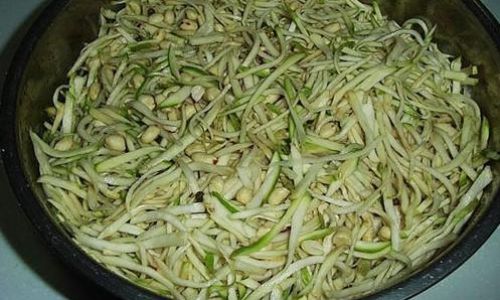
Fermentation is a natural process that uses beneficial bacteria to preserve food while developing complex flavors. Here’s how to ferment mustard greens shreds:
-
Ingredients:
- Shredded mustard greens
- Non-iodized salt (about 2% of the weight of the greens)
- Filtered water
- A fermentation vessel (such as a glass jar with an airlock)
- A weight to keep the greens submerged (such as a smaller jar filled with water)
-
Instructions:
- Pack the shredded mustard greens tightly into the fermentation vessel.
- Dissolve the salt in enough filtered water to cover the greens by about an inch. Pour the brine over the greens.
- Use the weight to ensure the greens remain submerged. This prevents mold from forming on the surface.
- Cover the vessel with a loose-fitting lid or an airlock to allow gases to escape while preventing contaminants from entering.
- Place the vessel in a cool, dark place. Fermentation typically takes 3-10 days, depending on your taste preferences and ambient temperature.
- Taste daily to monitor the fermentation process. Once the desired flavor is achieved, refrigerate the pickled mustard greens to slow further fermentation.
Vinegar-Based Pickling
Vinegar-based pickling is a quick and straightforward method that uses vinegar’s acidity to preserve the mustard greens. Here’s how to do it:
-
Ingredients:
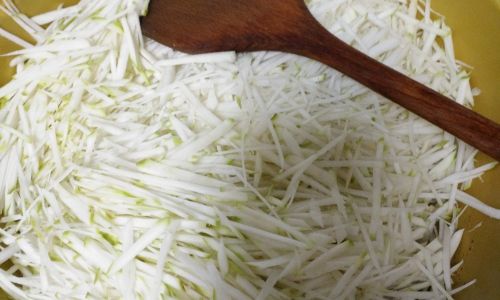
- Shredded mustard greens
- Distilled white vinegar or apple cider vinegar
- Sugar or honey (optional, for sweetness)
- Salt
- Spices and herbs (such as mustard seeds, garlic, dill, or red pepper flakes)
- A clean glass jar with a tight-fitting lid
-
Instructions:
- In a saucepan, combine vinegar, sugar or honey (if using), salt, and any desired spices and herbs. Heat until the sugar and salt are dissolved.
- Pack the shredded mustard greens tightly into the glass jar.
- Pour the hot vinegar mixture over the greens, ensuring they are completely submerged.
- Secure the lid and let the jar cool to room temperature.
- Refrigerate the pickled mustard greens for at least 24 hours before enjoying. They will continue to develop flavor over time.
Brine Pickling
Brine pickling is similar to fermentation but uses a higher salt concentration to inhibit harmful bacteria while allowing beneficial bacteria to thrive. Here’s how to brine pickle mustard greens:
-
Ingredients:
- Shredded mustard greens
- Non-iodized salt (about 5% of the weight of the greens)
- Filtered water
- A clean glass jar with a tight-fitting lid
- A weight to keep the greens submerged
-
Instructions:
- Dissolve the salt in enough filtered water to create a brine solution. The brine should be salty but not undrinkable.
- Pack the shredded mustard greens tightly into the glass jar.
- Pour the brine over the greens, ensuring they are completely submerged.
- Use the weight to keep the greens submerged.
- Cover the jar with a tight-fitting lid.
- Place the jar in a cool, dark place. Brine pickling typically takes 2-3 weeks, but the exact timing depends on your taste preferences and ambient temperature.
- Taste periodically to monitor the pickling process. Once the desired flavor is achieved, refrigerate the pickled mustard greens to slow further fermentation.
Enhancing Flavor with Additions

Whether you choose fermentation, vinegar-based pickling, or brine pickling, there are numerous ways to enhance the flavor of your pickled mustard greens shreds:
- Spices and Herbs: Add garlic, dill, mustard seeds, red pepper flakes, or bay leaves to the pickling liquid for added depth and complexity.
- Sweeteners: Incorporate a small amount of sugar, honey, or maple syrup to balance the acidity and add a hint of sweetness.
- Citrus: Add a splash of lemon or lime juice to brighten the flavor and add a refreshing tang.
- Fermented Ingredients: Incorporate fermented vegetables like sauerkraut or kimchi juice to introduce additional probiotics and flavors.
Storage and Shelf Life
Proper storage is crucial to maintaining the quality and safety of your pickled mustard greens shreds. Here are some tips:
- Refrigeration: Store pickled mustard greens in a clean, airtight container in the refrigerator. This slows fermentation and preserves flavor.
- Use Within: For best quality, consume pickled mustard greens within 3-6 months. After this period, they may still be safe to eat but may have lost some of their original flavor and texture.
- Signs of Spoilage: Discard pickled mustard greens if they have an off odor, mold (except for harmless surface yeast known as Kahm yeast, which can be skimmed off), or if the liquid becomes cloudy and slimy.
Conclusion
Pickling mustard greens shreds is a rewarding culinary endeavor that combines science, art, and patience. By following the guidelines outlined in this guide, you can create delicious, tangy, and crunchy pickled mustard greens that will elevate your meals and impress your guests. Experiment with different pickling methods, spices, and herbs to find the combination that best suits your taste preferences. With practice, you’ll soon become a master of pickling and enjoy the delightful flavors of homemade pickled mustard greens shreds for years to come. Happy pickling!
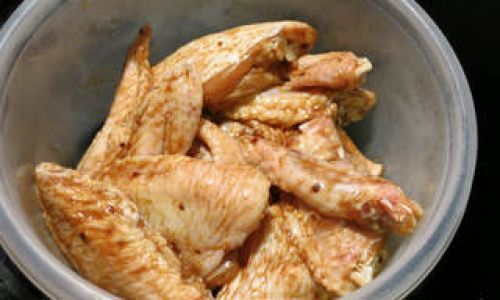
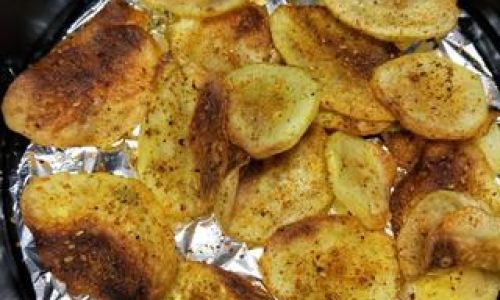
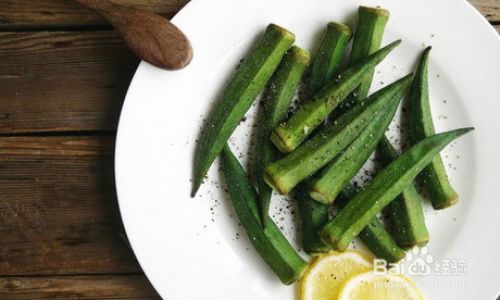
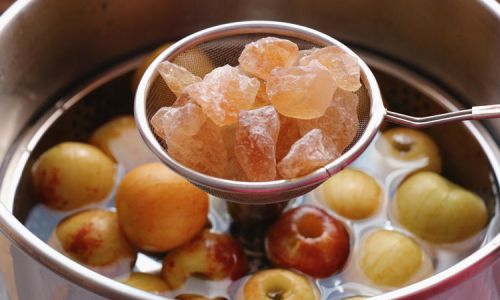
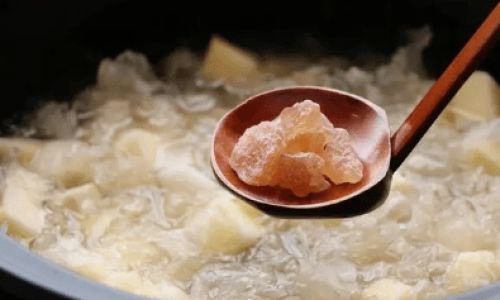
0 comments